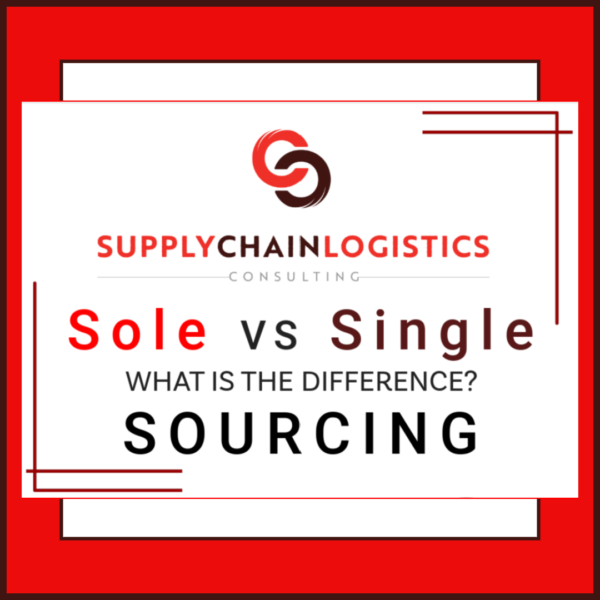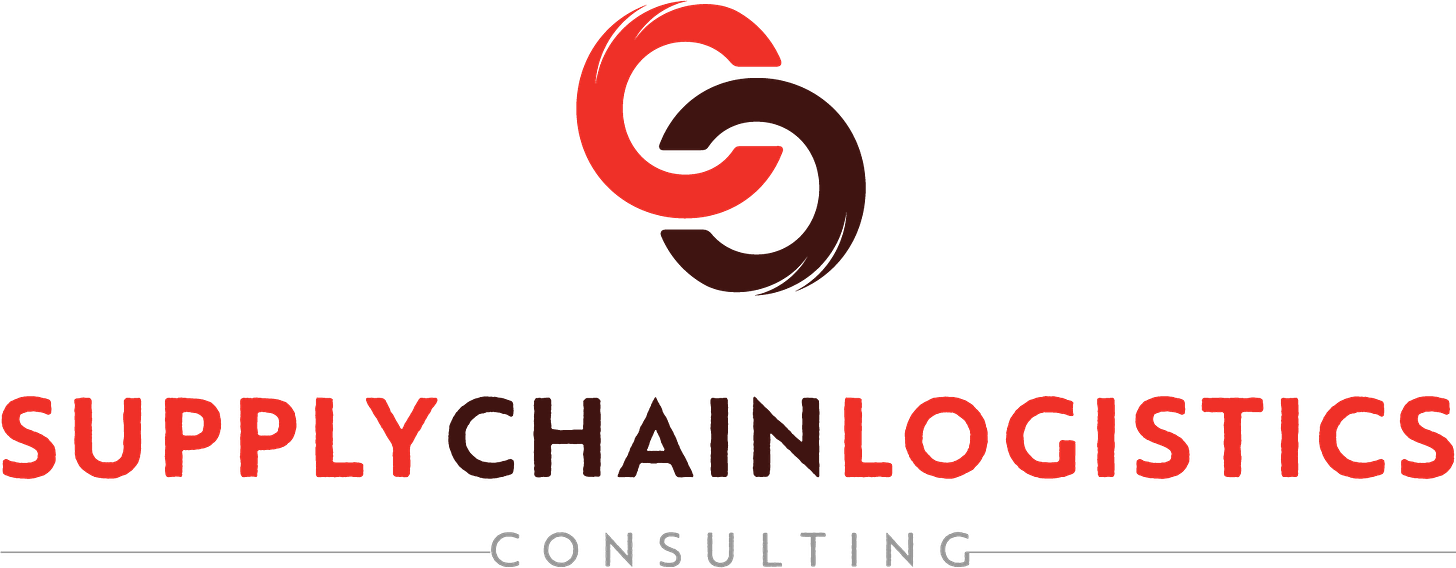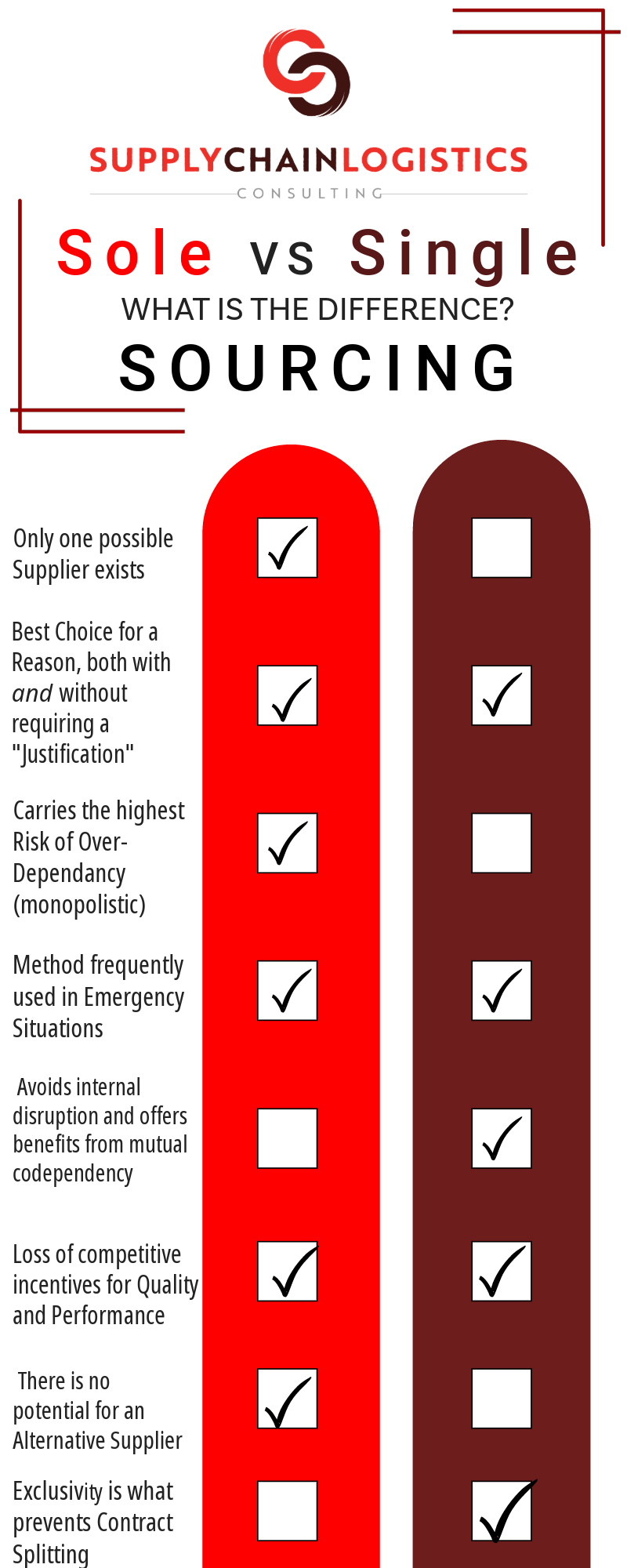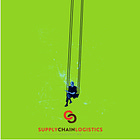Single Source vs Sole Source Procurement: What’s the Difference?
What is the difference and why use one over the other? Compare Sole Sourcing and Single Sourcing for Strategic Procurement
In this brief article, discover the definitions, advantages, and challenges s of each sourcing method to help you decide which one is best for your business.
What is Sole Source Procurement?
Sole source procurement is a sourcing method that involves awarding a contract to a sole supplier without any competition or bidding process. It is also known as single-source procurement or direct award.
The main reason for using sole source procurement is to meet urgent or emergency needs that require immediate delivery of goods or services. You may also use this method to obtain unique or proprietary goods or services that can only be provided by one supplier who has exclusive rights or capabilities.
Some examples of sole source procurement are:
- You need to buy spare parts for a machine that is manufactured by only one company.
- You have a supplier who offers unique or proprietary products that cannot be easily sourced from other suppliers.
- You need to hire a consultant who has patented a method critical for your project.
- You need to purchase a specialized software program that is only available from one vendor.
What is Single Source Procurement?
Single source procurement is a sourcing method that involves choosing one supplier from a pool of qualified suppliers who can provide the goods or services you need. It is also known as preferred supplier or selective tendering.
The main reason for using single source procurement is to establish a long-term relationship with a trusted supplier who can offer you the best value, quality, and service. You may also use this method to reduce the time and cost of the procurement process, as you do not need to conduct extensive market research or evaluation of bids.
Some examples of single source procurement are:
- A contract with a supplier who has a proven capability to be reliable and efficient in delivering orders.
- A supplier that has specialized skills or expertise that are essential to a project and cannot be easily replicated.
- A supplier that offers unmatched pricing discounts or loyalty incentives for exclusively supplying all the businesses requirements for a particular product or service.
Comparative Analysis:
The Advantages and Disadvantages.
Both single source and sole source procurement have their own advantages and disadvantages, depending on the situation and the objectives of your business. Here are some of them:
Single Source
Advantages
- Saves time and reduces the cost of procurement.
- Encourages long-term relationship and trust with supplier.
- May enhance the quality and performance of goods and/or services.
Disadvantages
- Reduces competition and transparency.
- Increases dependency and complacency with one supplier.
- May result in higher prices or lower quality due to a lack of alternatives.
Sole Source
Advantages
- Meets urgent or emergency needs.
- Obtains unique or proprietary goods or services.
- Maintains consistency and continuity of goods or services.
Disadvantages
- Increases risk of fraud or corruption.
- Reduces bargaining power and leverage with suppliers.
- May lead to disputes or conflicts over contract terms or scope.
What you should know about Sole Sourcing
In Canada the use of sole source procurement is restricted to certain allowable situations that ensure the competitive process is protected. When non-competitive procurement is used justification must be provided and documented.
https://buyandsell.gc.ca/for-government/buying-for-the-government-of-canada/plan-the-procurement-strategy
🍁Non-competitive procurement or ‘sole source’ buying in Canada 🍁
This refers to a requisition which specifies that a particular supplier is the only one acceptable. The sole source requisition must contain justification for requesting this specific course.
The Canadian Government Contracts Regulations require the competitive soliciting of bids before any contract is entered into. However, contracts may be entered into without soliciting bids when:
- There is a pressing emergency such as natural disasters like earthquakes or floods; or
- The estimated expenditure is less than;
- $25,000 CAD for goods and services (buyers are still expected to solicit bids below this value whenever it is cost effective to do so); or
- $100,000 CAD for architectural and engineering services and other services required in respect of the planning, design, preparation or supervision of the construction, repair, renovation of a work; or
- $100,000 CAD for the Canadian International Development Agency (CIDA) service contracts related to international development programs or projects; or
- A competition is not in the public interest; or
- Only one supplier is capable of performing the work, as in the case of a supplier who owns a copyright or software license.
For more information, please visit:
PWGSC Supply Manual, Chapter 3: Section 3.15 Non-competitive Contracting Process. (https://buyandsell.gc.ca/policy-and-guidelines/supply-manual/section/3/15)
What you should know about Single Sourcing
Single-Source Procurement
Single-source procurement is a sourcing method that involves awarding a contract to a supplier without engaging in any competition or bidding process first. The agreement is either knowingly and deliberately crafted or is inadvertently made to be exclusive to a single source for the purchase of a particular product and/or service.
The advantages of single-source procurement are:
- Reduces time spent and decreases the cost of procurement by removing the requirement for further market research or evaluation of bids in subsequent purchases of the same product or service.
- The nature of the relationship encourages long-term dependency and has potential to increase trust with suppliers, demonstrating reliance on the expertise and experience they can contribute to a project.
- It can lead to enhancement in the quality and performance of goods or services through benefits attributed to the supplier’s specialization and innovation.
The disadvantages of single-source procurement are:
- Reduces competition and transparency, as there is not a known alternative option or any current research with industry benchmarks to compare against.
- Increases the risk of fraud or corruption, as there may not be any checks and balances within an oversight mechanism to ensure accountability and fairness.
- Potential to pay much higher prices and to receive lower quality due to a lack of alternatives, effectively reducing bargaining power that could be leveraged with the supplier.
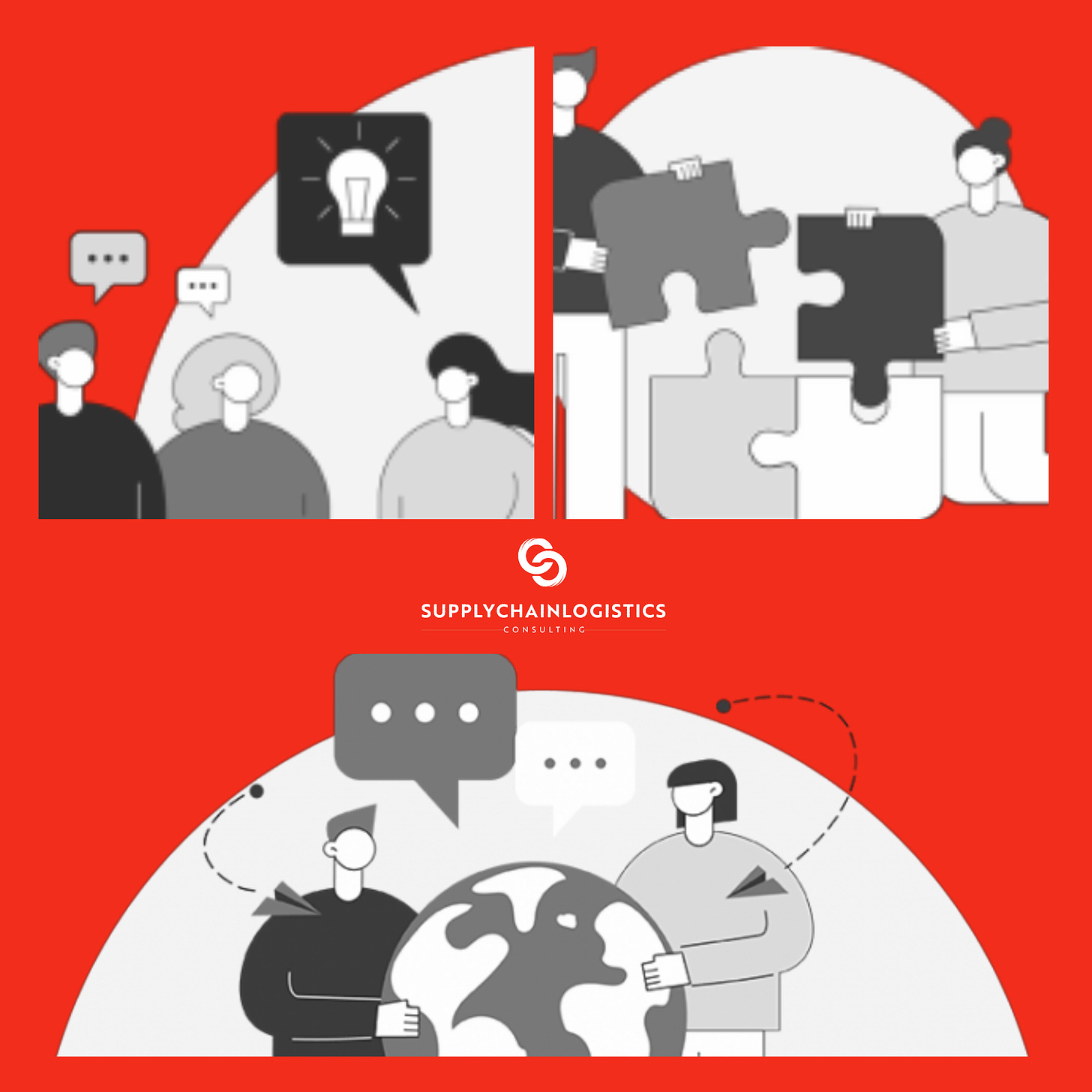
Is Single or Sole Sourcing used for your Procurement?
There is no one-size-fits-all solution when it comes to choosing the best sourcing method for a specific procurement project. Procurement teams need to consider various factors, such as project requirements, project budget, project timeline, supplier availability, and the corporations propensity for risk.
Questionnaire: Is it Single Source or Sole Source Procurement
Take this short questionnaire to reveal more about a procurement project and identify whether it is a single source or sole source procurement.
- What are your requirements?
- Complex
- Normal
- What is your timeline?
- Emergent
- Urgent
- Flexible
- What size is your pool of potential suppliers?
- Large
- Small
- One, only one supplier can fulfill the requirement.
- What is this project for your business?
- Routine
- Important
- Strategic
- How much risk are you willing to take?
- High Risk Tolerance
- Medium Risk Tolerance
- Low Risk Tolerance
- Is your organization subject to legal requirements a public entity?
- Yes
- No
- Do any of the reasons in the Sole Procurement justification list apply to your procurement?
- An emergent situation requires timely action to prevent injurious harm
- Is under the exemption and qualifies as being a low spending amount
- The nature of the work makes it unwise to publish a public request for bids
- Only one possible supplier due to proprietary information or specialization
Did answering these questions help to identify whichever of single or sole sourcing applies to your procurement project?
Other Methods to Consider:
Perhaps neither of these methods are a match and you will be needing an alternate procurement method.
Try one that will raise the level of competition for the contract award, result in an increased number of bids, offer alternative solutions for achieving a business objective, and that could include an open tendering process.
Related Reading:
SCLCI’s Early Editions: Sourcing Methods
Conclusion:
Optimal Sourcing Method for Strategic Procurement
To summarize, sole sourcing and single sourcing are two different strategies applied in procurement and they each fulfill different requirements for the purchaser.
It is important to understand the differences between single source and sole source procurement, to know the specific responsibilities in public procurement for Canada, and to understand the purpose of selecting a sourcing method for any given scenario.
Helpful Terms:
Complex Procurement – A complex procurement has the characteristic of dealing with the unknown. It requires creativity and ongoing development.
Competitive Contract – Is where the process used for the solicitation of bids enhances access, competition and fairness and assures that a reasonable and representative number of suppliers are given an opportunity to bid.
For more information about procurement and supply chain management contact Supply Chain Logistics Consulting. Get information, research, and advice, to help with your business development goals.
References and Resources:
https://www.canada.ca/en/department-national-defence/corporate/reports-publications/proactive-disclosure/oggo-20-march-2023/procurement-overview.htmlhttps://www.editions.sclci.net/p/sclcis-early-editions-sourcing-methodshttps://canadabuys.canada.ca/en/how-procurement-works/policies-and-guidelines/supply-manual/glossary#c
Formatting, research, and document structure, were completed with assistance from digital AI software.
At Supply Chain Logistics Consulting our mandate is to improve the way things are done and we would be happy to hear from you. Do you have a specific problem you are solving? A unique solution or a successful story about making a significant change?
Let us know.
Write your response in the comments or send us a message on our contact page. If we get enough responses, we will be highlighting our favorite examples in featured posts so that our readers can benefit from them as well.
If you are interested in hiring a management consultant for your business or project and want to learn more about our management consulting services, please contact us today. We are a professional management consulting firm with years of experience in helping people at businesses like yours to achieve results.
Visit and Subscribe on all our channels.
🌐
📩Company
𝕏 Connect
🔖 Join LinkedIn
✅ WhatsApp ☎
👉 And don’t forget to share this Early Edition channel.

